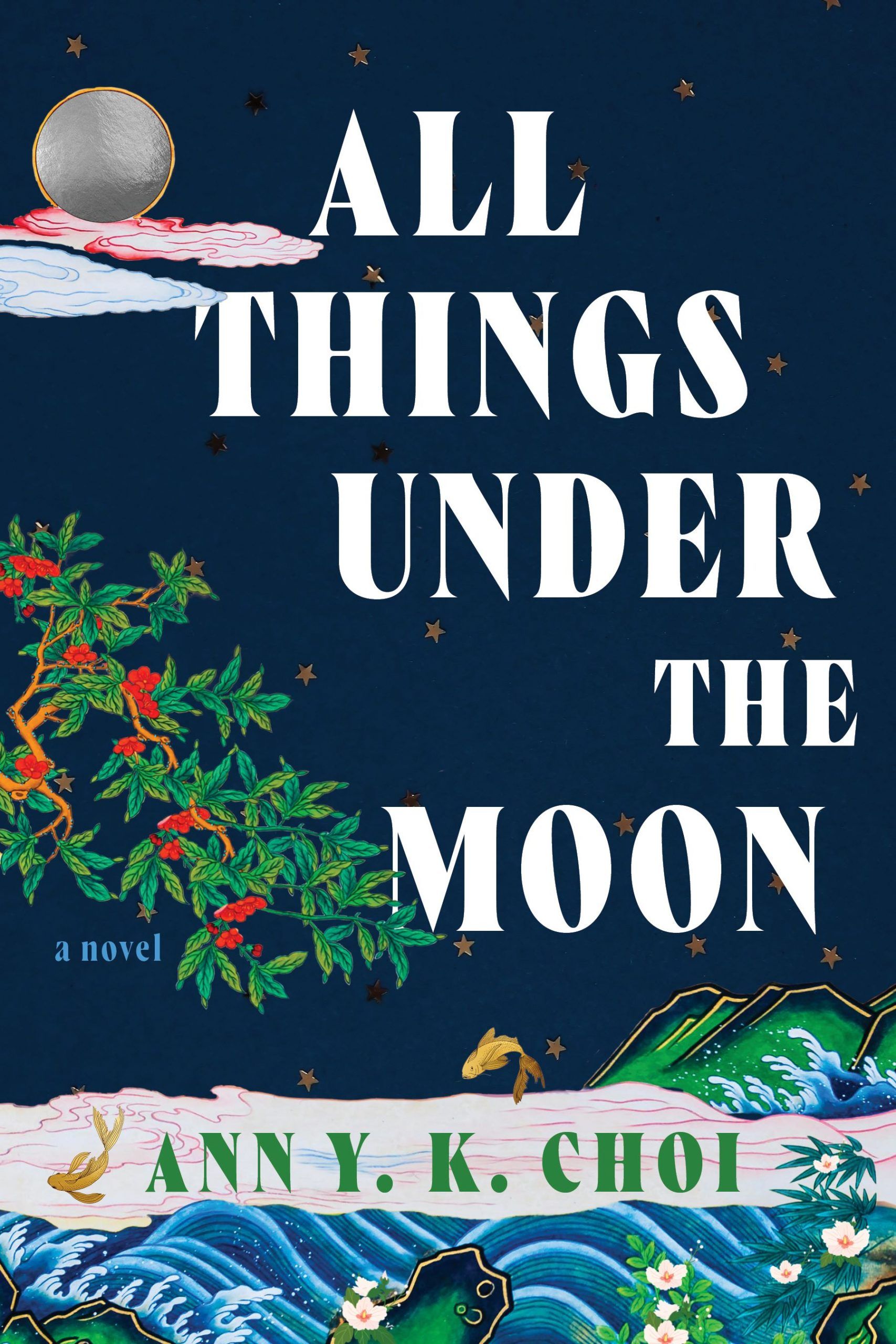In the remote mountain wilderness of Korea, the moment came when Ann Y.K. Choi was afraid that she was really lost. The Toronto writer was there with her 16-year-old daughter because of a book she was writing—a book in which her two characters flee to that very spot.
“I wanted to know what it was like to run into the mountains a hundred years ago,” Choi says now. “We tried our best to imitate that experience.”
And, like the fictional characters in the novel, they were ill-prepared.
“No book is worth this!” her daughter protested after hours of battling insects, scorching heat and rough terrain. But it was worth it for Choi, who needed her new novel, All Things Under the Moon, to be as accurate as possible.
“That’s how I studied Korean history,” she explains. Her family immigrated to Canada when she was seven, and there was so much she didn't know about the country where she was born. In particular, she needed to creatively and emotionally connect with her surroundings—Korea under Japanese occupation—and the remarkable young woman named Na Young, who is the bright heart of her story.
“Personally, I wanted to capture what I was writing about,” says Choi from her home in Toronto. So of course this required an encounter with wildlife and a visit to the humble village that begins and ends the novel.

All things under the moon
Ann Y. K. Choi
Simon and Schuster
There was also the “horrifying” experience of visiting the infamous Seodaemun Prison, where thousands of freedom fighters were tortured and killed during the Japanese occupation. “It’s now a museum and educational center,” Choi says. But emotionally coping with what it once represented was still difficult. “Part of it was because I never knew about it. I grew up in Canada.”
The charming young heroine of Choi's second novel, Kim Na-young, is uneducated, illiterate, but driven by a sharp mind and intellectual curiosity. It would seem that the rural village in which she grew up, and the social and cultural restrictions surrounding her life, determined her future. This is a world of arranged marriages, where husbands freely take second and third wives, and women must always know their place.
But Na Young is full of surprises. She will shape her own destiny, learn to read and write, overcome dangerous relationships, survive the constant threat of occupying forces, and in her own way become a feminist for change.
She also learns early on the importance of friendship. When she faces a forced marriage to a man she has never met, she and her best friend Yeon-soo flee their village, only to become victims of a violent confrontation that will have a devastating impact on each of their lives.
After this event, Na Young will increasingly take control of her life, moving from the village to a larger city and finally to Seoul, where revolution simmers in the back streets and tea houses tremble with intrigue. And despite all this, she yearns to be reunited with Yeon Soo, who has gone missing along with the Japanese who are furiously pursuing her.
“The underlying message is that women need other women to survive, especially in times of political difficulty,” says Choi. “It is through female friendship that women can find space to share resources and emotional comfort. Na Young meets many strong women along the way, and each of them teaches her lessons.”
The germ of the novel was Choi's great-grandmother, who cared for her during her early childhood in Korea. “My great-grandmother was constantly playing pranks when she was little. And later she became a wonderful storyteller.” She was also a woman who broke the cultural norms of the time by running a restaurant – so for Choi, this was the signal for Na-young to break conventions by working in a tea house.
“My great-grandmother took care of me for the first seven years of my life and told me all these wonderful stories,” Choi recalls. But it wasn't until she became an adult that she understood why stories were always passed down orally. Because her great-grandmother was never allowed to attend school, she could not read or write.
Choi is a longtime educator who currently teaches creative writing at the University of Toronto. “There have been many stories about wars and freedom fighters, but since I am very aware of the importance of women's education, this is what I wanted to explore. So, with the help of my character Na Young, I wanted to reimagine what my great-grandmother could have done if she could read and write.”








